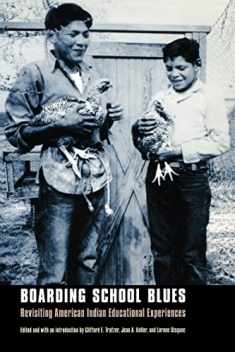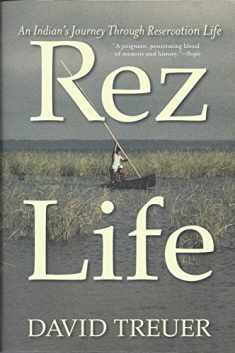
Ruling Pine Ridge: Oglala Lakota Politics from the IRA to Wounded Knee (Plains Histories)
Book details
Summary
Description
Incorporating previously overlooked materials, including tribal council records, oral histories, and reservation newspapers, Ruling Pine Ridge explores the political history of South Dakota’s Oglala Lakota reservation during the mid-twentieth century. Akim D. Reinhardt examines the reservation’s transition from the direct colonialism of the pre-1934 era to the indirect colonial policies of the controversial Indian Reorganization Act (IRA) and the advent of the tribal council governing system still in place today on Pine Ridge and on many other reservations.
Reinhardt demonstrates how conflicting political values foregrounded by the new governing format led to an aggravation of social divisions on the reservation and eventually came to a head in 1973 with the occupation and siege of Wounded Knee. The siege is best understood, he claims, not as a political stunt of the American Indian Movement (AIM) but as a spontaneous, grassroots protest at least forty years in the making.


We would LOVE it if you could help us and other readers by reviewing the book
Book review





